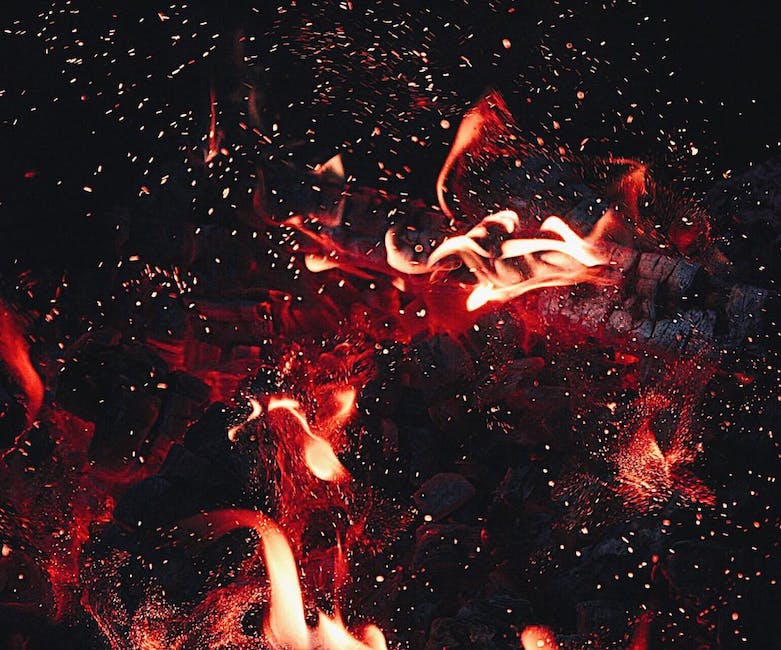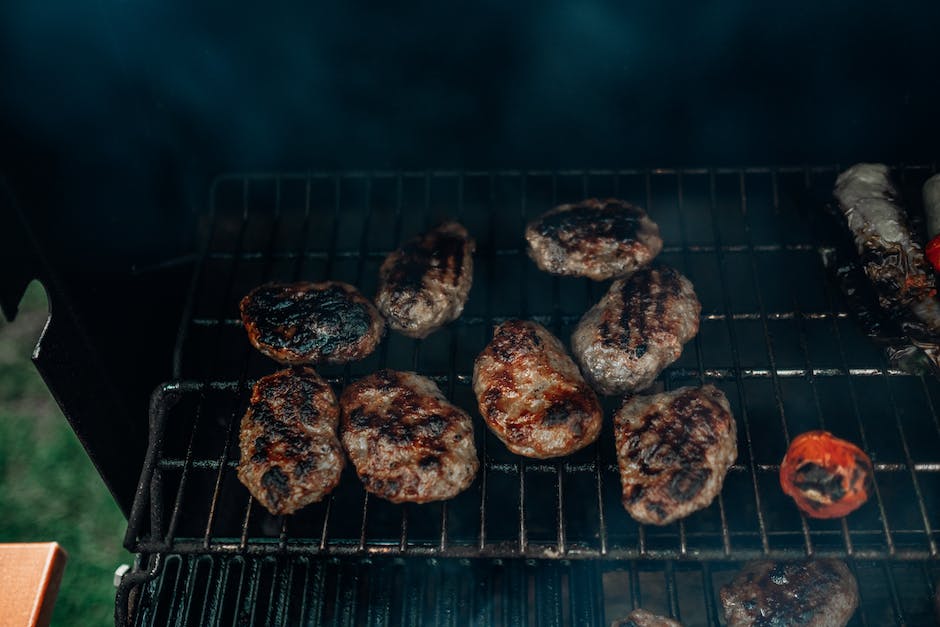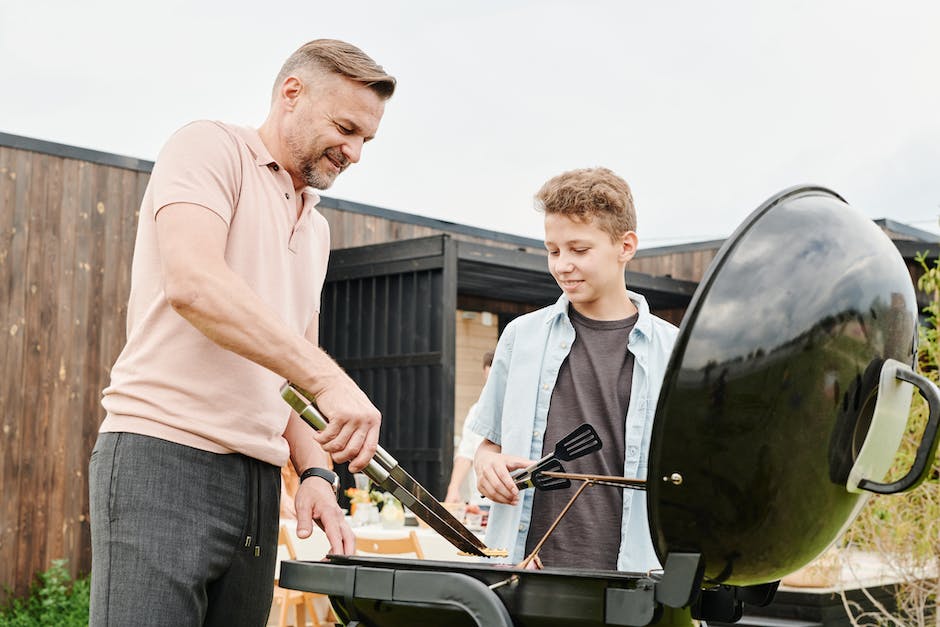Many people have made their career off creating and promoting recipes and diets that work for them. Some are more successful than others, but they all share one thing in common: their passion for food!
With all of the diet fads out there, it can be hard to find ones that not only help you lose weight, but also give you meaningful results. That is why we wanted to write this article: to discuss something that no one seems to talk about when talking about diet and nutrition programs.
We will call this technique “z grill first burn” or zgfb for short. It was originally designed as an effective way to achieve muscle growth in your workout, but many fitness professionals now use it as a cost-effective way to keep track of their daily calorie intake.
What is the z g f b?
The zgfb comes from the Russian word ‘закогнутье движение’ which means ‘to coil up’. In this case, it refers to taking a few minutes before each meal to do some light exercise. You get this benefit by doing it at night, just like most other fad diets.
Most experts agree that the best time to exercise before eating is right after lunch because that is when digestion happens.
Second burn happens when meat starts to char

As your grill gets hotter, the protein in the steak begins to chemically react and combine with other molecules. This process is called browning or searing, and it’s what creates that delicious flavor and texture we call “char.”
As your grill gets hotter, the protein in the steak begins to chemically interact and combine with other molecules. This process is called browning or searing, and it’s what gives us taste and texture of cooked meat.
Most people are aware that charred bits left over from cooking add flavor, but few realize that the very first time a piece of meat cooks, it also leaves behind another compound — one that can help keep you healthy.
This elusive substance is known as eicosanoid, and some experts refer to it as an antioxidant-containing fat. When consumed, this compound has been shown to reduce inflammation and may even protect against cancer.
It’s currently unknown if there’s any difference in effectiveness between the different types of eicosanoids, but research does suggest that limiting sugar can boost them. That’s why we recommend keeping carbs under 20 grams per serving for most meals.
Given that most grilled foods contain around 10–20 grams of carbohydrates per serving, we think it makes sense to try to cook with less glucose (or plain old white bread) to see how these antioxidants perform.
Third burn happens when meat starts to become dry and hard

As your grill heats up, there is an initial stage where the charcoal glows hot under the broiler or grill light. This is the cook’s first burn. The grilled or smoked flavor comes from this initial charring of the meat.
The trick in getting great grill marks and a good crisp texture is to leave the cooked item enough time to rest before serving it. This way, it will relax and retain the charred taste and texture that you want!
If you are making lots of food, make sure to organize all of your equipment and supplies and keep track of what temperature things are so you know how to re-heat them properly.
Fourth burn happens when meat starts to burn

The grill really gets going after the third burn, when the steak or burger is cooked through and tastes good but still has some pink in it. This is called “resting” because the meat continues to cook later, once removed from the fire.
The color comes from muscle tissue that remains warm even after cooking. That’s why thin cuts of meat like rib eye or strip steaks will usually taste better than thicker ones like flank steak!
Thicker meats contain more connective tissues which take longer to heat up and dry out, so they taste raw (which some people prefer).
The fourth and final burn happens when meat starts to burn and the juices begin to burn as well

This is called grill or browning, and it’s what people often refer to as the flavor of the meat. When meat is cooked all the way through, the raw taste has left your tongue, and then there are those juicy brown bits that add some depth to the eating experience.
The best grilled chicken dishes have very little sauce, if any at all. The chicken tastes better than the sauce!
So why not stick with dry-grilled foods like steak, pork chops, or chicken breasts? They both taste great and don’t need too much help being tasted by everyone in the room.
If you would like some kind of sauce though, ketchup, barbecue sauce, or chimichurri can be nice additions. Just make sure they are light so it does not overpower the meat.
The goal of a first burn is to get the meat to a proper doneness without burning

Many grill masters will suggest starting with a very low temperature for your grill, around 250°F-300°F. This is what we refer to as a cold start!
At this stage, you can add color to the steak by rubbing it in butter or olive oil. Then season with salt and pepper and cook until the desired degree of doneness is reached.
This is also an excellent way to achieve that perfect medium rare flavor profile because the raw taste of the meat has time to mellow out. If a little bit of pink comes out when pressed, that’s okay! But remember, keep a eye on your grill so it doesn’t scorch too much.
Once done, let the cooked steak rest for 5 minutes before slicing and serving to allow all of the juices to reabsorb.
The goal of a second burn is to create a crispy exterior

As we mentioned before, an initial burn can sometimes be tough to achieve with certain grill types. That’s why most grills have a second fire setting! This secondary heat source is usually much lower in temperature than the first, which makes for more flexible cooking.
Most good grill brands will label this feature as “warm flames” or something similar. These warm flames are typically about 250-350°F (or so some say!). By adding these soft flame settings to your grill, you’re giving it another chance to shine.
The goal of a third burn is to create a more flavorful meat

As we mentioned before, when cooking with high heat, there are three main components of flavor that contribute to the taste of the cooked food- caramelization, dry roasting, and wet or salty seasoning.
The grill does not usually stay cool enough for much time to allow any significant amount of browning or drying occurring, so what happens is that the raw chicken tastes burnt and gross because it doesn’t have time to cook down.
Also, many recipes call for rubbing the grilled meat with salt or other dried ingredients, but this can be tricky when your meat has already spent its allotted time under the broiler!
If you like less sweet flavors in your chicken, then start by brushing it with olive oil and then applying some spicy seasonings, such as chili powder or minced garlic. Then, put the grilled chicken back into the hot grill pan and let those spices toast up.
The goal of a fourth burn is to create a charred and crispy exterior
Only once your grill has cooled can you achieve this, which is why most grills have a back burner or second heat source. This feature works by using either gas or charcoal as fuel, and typically takes advantage of leftover burnt material from before.
Some models even add temperature-controlled burners that are separate from the main cook surface, allowing you to start with very hot fire and then lower it slightly to finish the job.
This way you get an extra chance to show off your culinary skills! If needed, you can turn up the temperature again to toast some bagels or make waffles.


